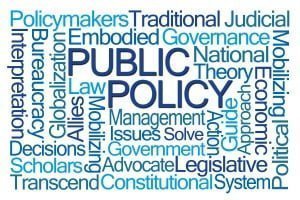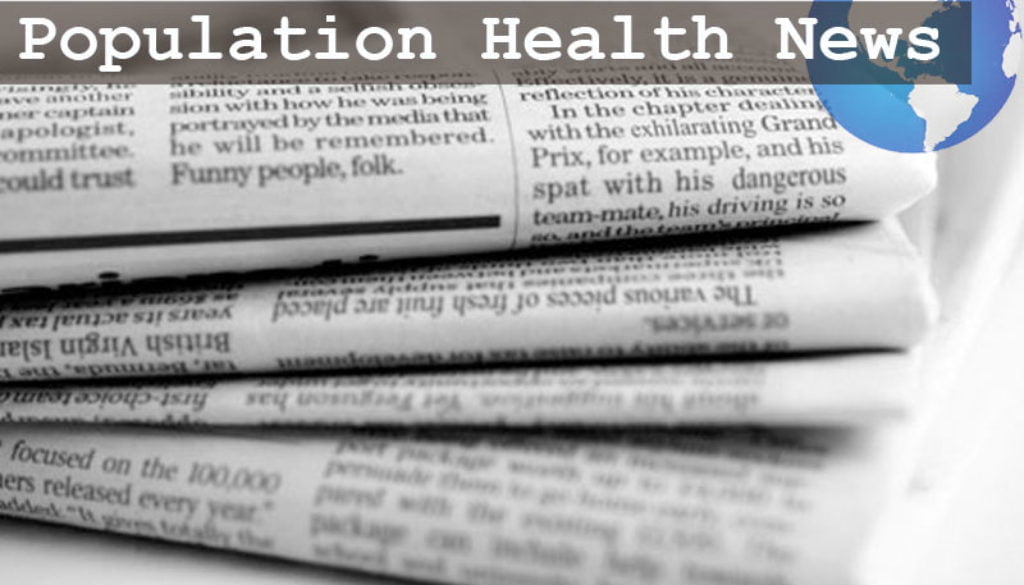Population Health News Roundup: July 2022
JoAnne DyerIAPHS Members in the News
Aggie Yellow Horse in Epidemiology: Missing and murdered indigenous relatives (MMIR) contribute to life expectancy gaps. “Causes of death relevant to Missing and Murdered Indigenous Relatives constituted 4.0% of all AIAN deaths, but accounted for almost one-tenth (9.6%; 0.74 of 8.21 years) of the overall AIAN–White life expectancy gap.” (May 19, 2022)
Paris Adkins-Jackson in Journal of Behavioral Medicine: “California’s statewide alliance STOP COVID-19 CA (comprising eleven sites), leverages longstanding community partnerships to better understand concerns, misinformation, and address racial/ethnic inequities in vaccine hesitancy and uptake.” Community engagement is emphasized. (January 2022)
Keshia Pollack Porter (institutional member Johns Hopkins Bloomberg School of Public Health) moderated a panel on July 13, 2022: “Understanding the Impact of the Supreme Court’s Decision on Concealed Carry in New York.” In addition, others at the Center for Gun Violence Solutions have offered thoughts in light of the Bruen decision and other recent gun-related news. (2022)
Sandro Galea in FortuneWell: “Health arises from the conditions of the world around us—where we live, work, and play.” The article discusses the best U.S. states for well-being. (July 14, 2022)
Marino A. Bruce in Democracy Journal on the urgency of social justice: “Changing the life course trajectories of historically marginalized populations necessitates structural level transformation.” (Summer, issue 65)
Health Disparities
 Higher COVID deaths in Black Louisiana residents: The disproportionate COVID death rates in Black population residents are “the result of longstanding health vulnerabilities associated with institutional and societal discrimination.” (PNAS, June 27, 2022)
Higher COVID deaths in Black Louisiana residents: The disproportionate COVID death rates in Black population residents are “the result of longstanding health vulnerabilities associated with institutional and societal discrimination.” (PNAS, June 27, 2022)
When and why the disparities in breast cancer mortality emerged: Racial disparities in access to new medical inverventions in the 1980s probably played a role. (NEJM, June 23, 2022)
Inequities cost the US health system $320 billion: If health disparities aren’t addressed, they could cost the United States over $1 trillion annually by 2040. (Deloitte Insights, June 22, 2022)
Drug overdose deaths are increasing, as are disparities: “Health disparities in overdose rates continue to worsen, particularly among Black and AI/AN persons; social determinants of health, such as income inequality, exacerbate these inequities.” (MMWR early release, July 19, 2022)
Built Environment & Place
Traffic fatality rates are higher for Black and Hispanic Americans: The rates were “exacerbated during darkness” and are especially high for Black cyclists vs White cyclists. (AJPM, June 7, 2022)
Access to open space and air pollution correlate to COVID deaths in London boroughs: Four-year average PM-10 levels and road length were positively correlated with COVID-19 cases and deaths, “and the percentage of households with access to total open space is negatively correlated with COVID-19 deaths.” The authors call for more research on how vitamin D deficiency may play a role. (Nature, July 11, 2022)
Environmental Health & Justice
Environmental justice groups receive help under the Justice40 initiative: The program ” promises to funnel 40% of all investments in climate and environment to communities that live with the highest environmental burdens — diesel soot, lead water pipes, lack of access to green spaces to name a few.” Recipients of the funds include the Green Door Initiative. (The Columbian, June 29, 2022)
Farmworkers face increased risk as the clmate heats up: A new rule aims to protect farmerworkers from the heat in Oregon, “but industry is already pushing back.” (Food & Environment Reporting Network, June 29, 2022)
New bill will ban schools by major roadways: To reduce children’s exposure to air pollution at school, a bill would prohibit new schools within 500 feet of a major roadway. Children of color and children in lower income brackets are disproportionately affected by schools in high-traffic areas. (NYCLU, July 5, 2022)
Policy & Programs
 Broadband access saves lifes: During the pandemic, “greater access to high-speed internet reduced Covid-19 deaths….” Specificially, a 1% increase reduced COVID mortality by about 19 deaths per 100,000. The difference was greater in metro areas; a significant impact wasn’t found in rural areas. (Bloomberg CityLab, June 28, 2022)
Broadband access saves lifes: During the pandemic, “greater access to high-speed internet reduced Covid-19 deaths….” Specificially, a 1% increase reduced COVID mortality by about 19 deaths per 100,000. The difference was greater in metro areas; a significant impact wasn’t found in rural areas. (Bloomberg CityLab, June 28, 2022)
Artificial intelligence in healthcare can both harm and help racial biases: Different types of AI could reduce racial biases, but not if the data lack diversity or are poorly structured. (The Journalist’s Resource, July 11, 2022, citing Science, The Lancet, Nature Medicine, JMIR Medical Informatics, JAMA Network Open, NEJM and Women’s Health Issues)








All comments will be reviewed and posted if substantive and of general interest to IAPHS readers.